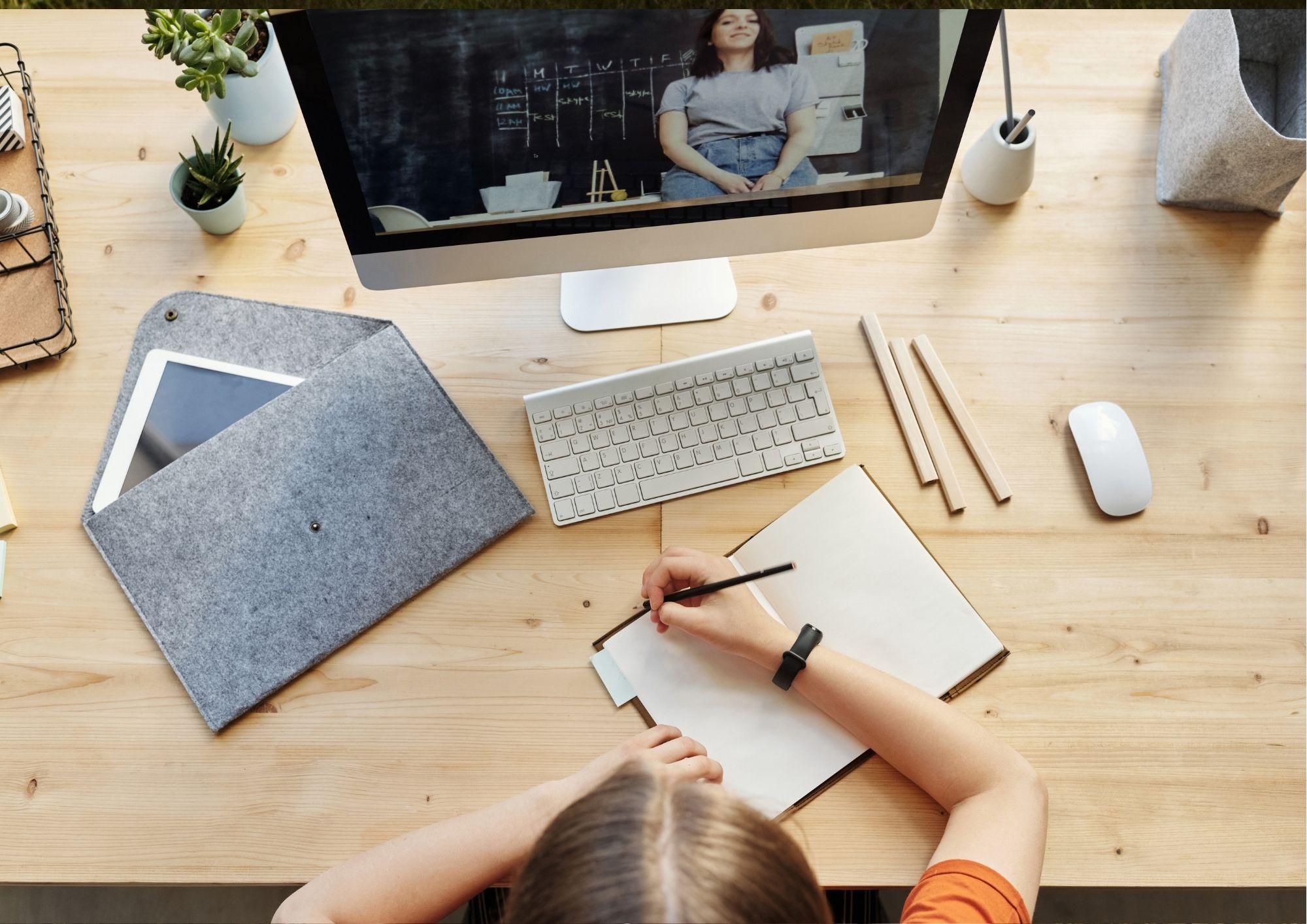The COVID Experience… Learning and Teaching
The coronavirus has forced schools and teachers to change how they educate students. Students have told us the things they miss about going to school: their friends, teachers, sports, extracurricular activities. Some also talk about the challenges of remote learning, like struggling to understand assignments, getting easily distracted and not having reliable internet. What our students have missed during COVID-19 are the lessons learnt in the school yard and the socialisation that we know is so critical to a successful life.
However, many students also said there were aspects of remote learning they enjoyed, such as getting to work at their own pace, setting their own schedule and being free from “the stressful environment of school.” Some students have engaged with this new form of learning and find the style of learning online highly attractive.
However, time will tell whether our schools have been propelled into the future or whether they will retreat to protect the status quo. How will the 21st century skills we want for our children (creativity, collaboration, self-management and initiative and so forth) play out in the post-COVID-19 landscape?
What happens next?
As schools return onsite over the coming month, an increasing number of students will want to continue to lead and self-manage their own learning. How will this work if teachers want to get back to ‘well-run classes’ and ‘tightly-structured timetables’? Likewise, some teachers (and students) will be desperate to get back to the familiar while others will want to go back to pre-lockdown structures and miss the golden opportunity that this has presented us in education.
A key skill for all students is the ability to self-manage time and tasks. This crucial skill has been tested and the need amplified as students learn to be more self-directed while learning remotely. It raises an important key issue for learning. Who leads the learning? Who gets input? Whose voices are heard? Have we been pleasantly surprised that most students have thrived in this? Why would we take this opportunity back from them?
While in lockdown, MSJ has seized the opportunity to explore different approaches. Times have been provided for students to come together for shared workshops and check-ins (i.e. synchronous learning) while also allowing them to work at their own pace, to suit their own context and needs (i.e. asynchronous learning).
We want our students to be the sort of thinkers and doers that will propel us forward as a society, a country and a planet. As we move forward, there are continued opportunities for students to experience a mixture of face-to-face learning with some online learning. Hybrid models can enable learning to be more personalised to individual needs and blended models can make the best use of technology.
Joanna De Bono - Deputy Principal Learning & Staff






